What is Lapping Film Used For?
What is Lapping Film Used For?
Lapping film is a high-precision polishing material used to achieve ultra-smooth, controlled surface finishes on various materials. It consists of micron-graded abrasive particles (such as diamond, aluminum oxide, silicon carbide, or cerium oxide) uniformly coated onto a flexible polyester film backing. Lapping film provides a repeatable and consistent finish, making it ideal for industries that require high precision and tight tolerances.
This article explores the various applications of lapping film across multiple industries, highlighting its critical role in manufacturing, electronics, fiber optics, and other advanced technologies.
1. Fiber Optic Industry
One of the most common applications of lapping film is in fiber optic connector polishing. Proper polishing is essential to ensure low insertion loss, high return loss, and optimal signal transmission.
Applications in Fiber Optics:
- Connector Polishing – Used for FC, SC, ST, LC, MU, MTP/MPO, and other fiber optic connectors to achieve a smooth and defect-free end face.
- MPO Connector Finishing – Special flocked lapping films are used to polish multi-fiber connectors like MPO/MTP, ensuring high precision across multiple fiber cores.
- Ceramic Ferrule Polishing – Used to achieve an ultra-smooth surface for ceramic ferrules to improve optical performance.
Common Abrasives Used:
- Diamond Lapping Film (for hard ceramic ferrules)
- Silicon Carbide Film (for MTP/MPO ferrules)
- Silicon Dioxide (SiO₂) Final Polishing Film (for ultra-fine finishing)
2. Semiconductor and Electronics Industry
Lapping films are widely used in semiconductor manufacturing for ultra-precise surface finishing. In microelectronics, even the smallest surface defect can lead to device failure, making high-precision polishing essential.
Applications in Semiconductor and Electronics:
- Silicon Wafer Polishing – Ensures a smooth surface for semiconductor fabrication.
- LED & LCD Panel Finishing – Helps achieve high optical clarity and uniformity in displays.
- Magnetic Head Polishing – Used in hard disk drive manufacturing to ensure proper read/write performance.
- PCB Surface Finishing – Used for ultra-fine polishing of printed circuit board (PCB) surfaces.
Common Abrasives Used:
- Aluminum Oxide (for wafer and microelectronic polishing)
- Diamond (for hard substrates like silicon carbide)
3. Automotive and Aerospace Industry
Precision polishing is essential in the automotive and aerospace sectors, where components must meet strict performance and durability standards.
Applications in Automotive & Aerospace:
- Engine Component Polishing – Used for camshafts, crankshafts, valves, and fuel injectors to reduce friction and wear.
- Hydraulic Component Finishing – Ensures smooth operation of hydraulic pumps and actuators.
- Aerospace Component Superfinishing – Used on turbine blades, bearings, and precision parts for enhanced aerodynamics and longevity.
Common Abrasives Used:
- Diamond (for high-hardness materials like titanium and ceramic coatings)
- Silicon Carbide (for general metal finishing)
4. Medical and Optical Industry
Medical and optical devices require an exceptionally high level of surface finish to ensure performance, safety, and clarity.
Applications in Medical & Optical Fields:
- Optical Lens Polishing – Used in eyeglasses, microscopes, telescopes, and camera lenses to achieve a flawless surface.
- Medical Implant Surface Finishing – Ensures smooth surfaces for implants such as hip and knee replacements.
- Surgical Instrument Polishing – Provides a clean, corrosion-resistant finish on surgical tools.
Common Abrasives Used:
- Cerium Oxide (for glass and optical polishing)
- Diamond (for hard biomaterials like zirconia and titanium)
5. Metalworking and Precision Engineering
Lapping films are used in precision metalworking to achieve mirror-like finishes on metal surfaces and maintain tight tolerances.
Applications in Metal & Hard Materials Polishing:
- Superfinishing of Hardened Steel & Alloys – Used for high-strength components such as cutting tools and molds.
- Precision Rollers & Shafts Polishing – Applied in manufacturing rollers for printing, paper, and industrial machinery.
- Watch & Jewelry Polishing – Used for finishing stainless steel, titanium, and precious metals.
Common Abrasives Used:
- Aluminum Oxide (for standard metals and alloys)
- Diamond (for ultra-hard materials)
6. 3D Printing & Additive Manufacturing
Lapping films are increasingly being used in post-processing 3D-printed components to improve surface quality and functionality.
Applications in 3D Printing:
- Surface Smoothing of Metal & Plastic Parts – Reduces layer lines and roughness on printed parts.
- Post-Processing of Aerospace & Medical 3D-Printed Parts – Ensures high precision and biocompatibility.
Common Abrasives Used:
- Silicon Carbide (for plastic and composite materials)
- Diamond (for metal 3D-printed components)
7. Printing & Paper Industry
Superfinishing rollers used in printing, packaging, and paper manufacturing require precise surface treatment to maintain print quality and reduce wear.
Applications in the Printing Industry:
- Polishing Chrome-Plated Rolls – Used to achieve ultra-smooth surfaces for consistent ink transfer.
- Paper Processing Rollers Finishing – Helps reduce defects and improve product quality.
Common Abrasives Used:
- Aluminum Oxide (for roller polishing)
- Diamond (for high-durability coatings)
8. Oil & Gas Industry
Lapping films play a role in polishing critical oil and gas components that operate under extreme pressure and wear conditions.
Applications in Oil & Gas:
- Valve & Pump Component Polishing – Ensures leak-proof sealing and efficient operation.
- Pipeline Equipment Finishing – Reduces corrosion and wear.
Common Abrasives Used:
- Diamond (for high-strength alloys and coatings)
Conclusion
Lapping films are a critical tool in industries where ultra-precision polishing is required. Whether in fiber optics, semiconductors, automotive, aerospace, medical, or metalworking, these films provide consistent, high-quality finishes that enhance performance and durability.
With a variety of abrasive types, backing materials, and grit sizes available, lapping films are highly versatile and can be tailored to meet the needs of specific applications. As industries continue to advance in precision manufacturing, the demand for high-performance lapping films will only continue to grow.
-

Telecommunications
-

Automotive
-
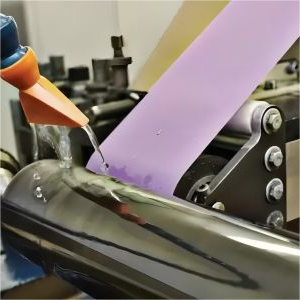
Roller finishing
-
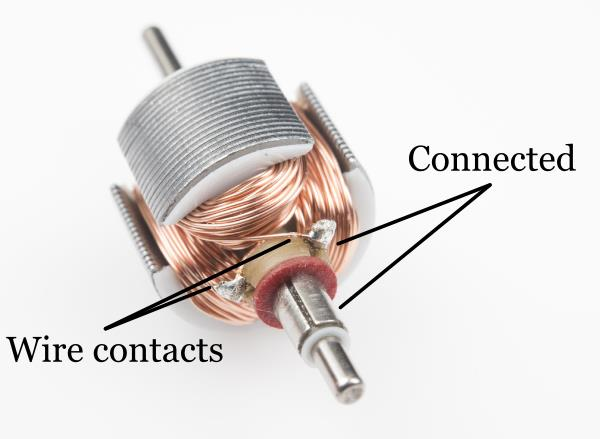
Electronics
-
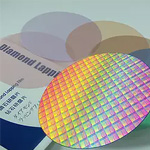
Semiconductors
-
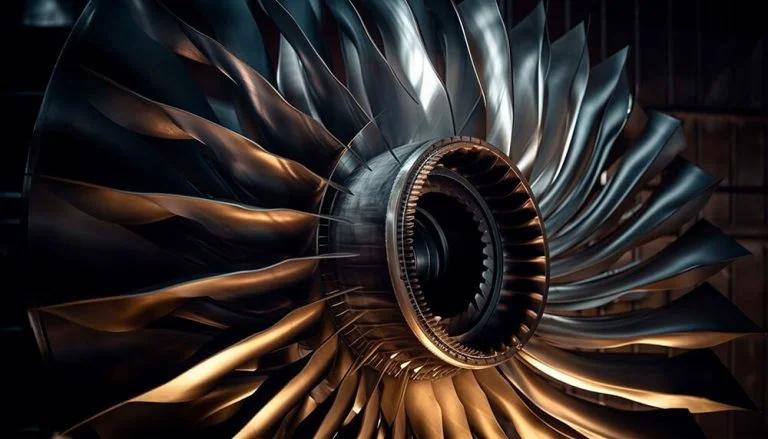
Aerospace
-
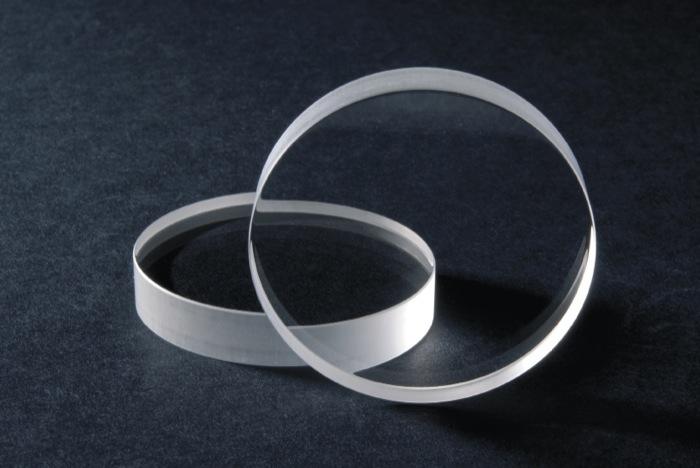
Optical Glass Crystal
-
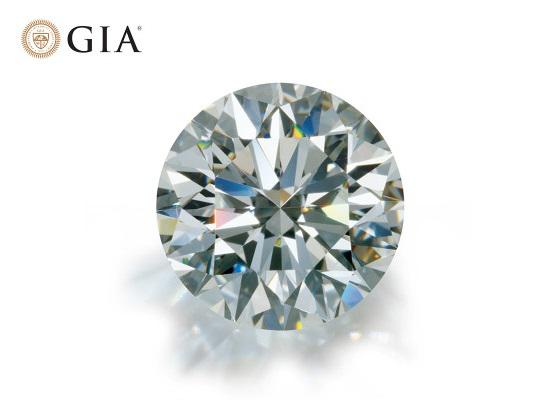
Jewellery lapidary
-
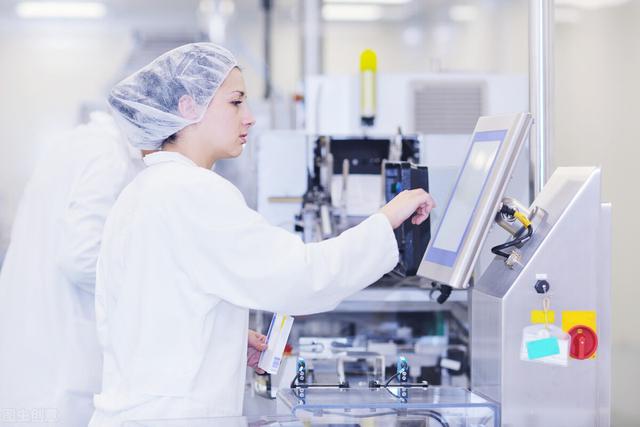
Medical
-
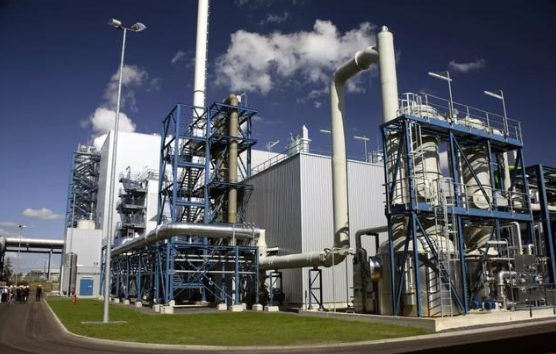
Oil & Gas
-

Food Processing
-
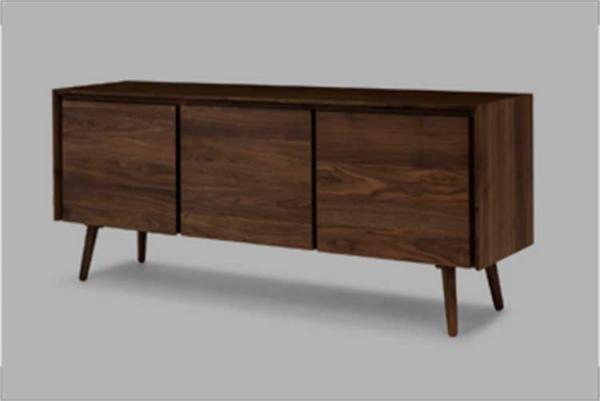
Furniture and Wood industry
-
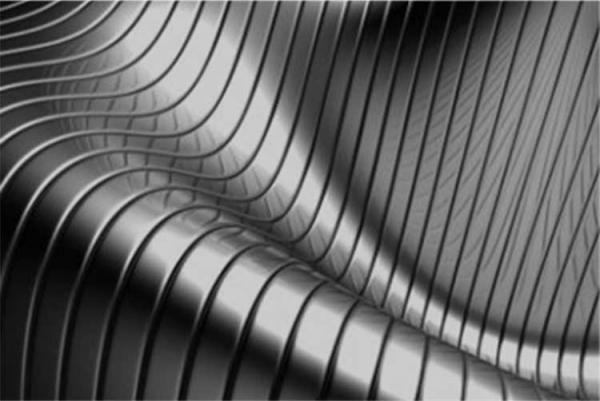
Metals Finish
-
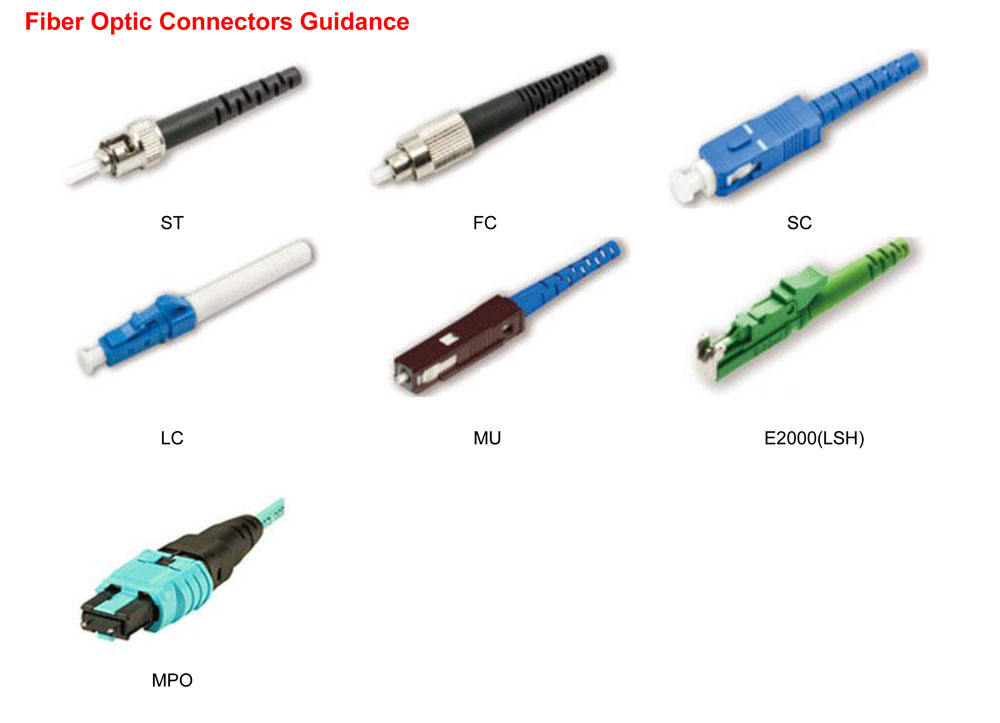
Fiber Optics Polishing
-
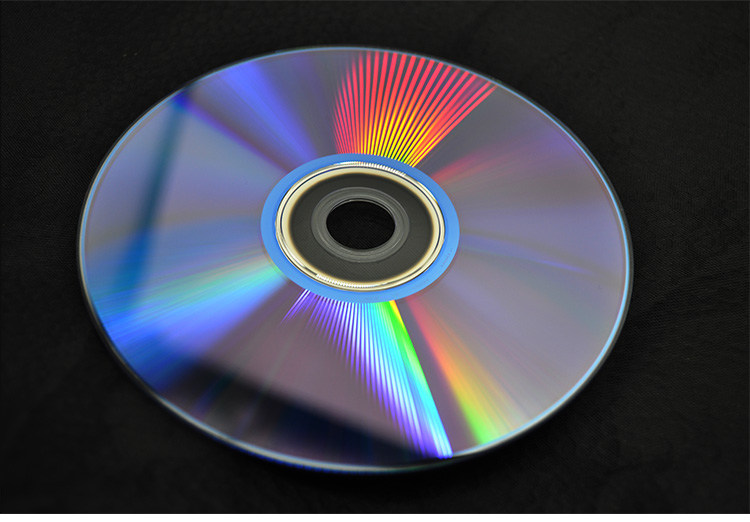
Music industry
-
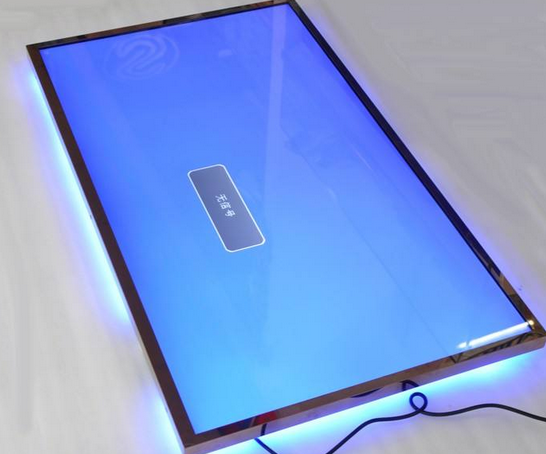
LED LCD Panel
-
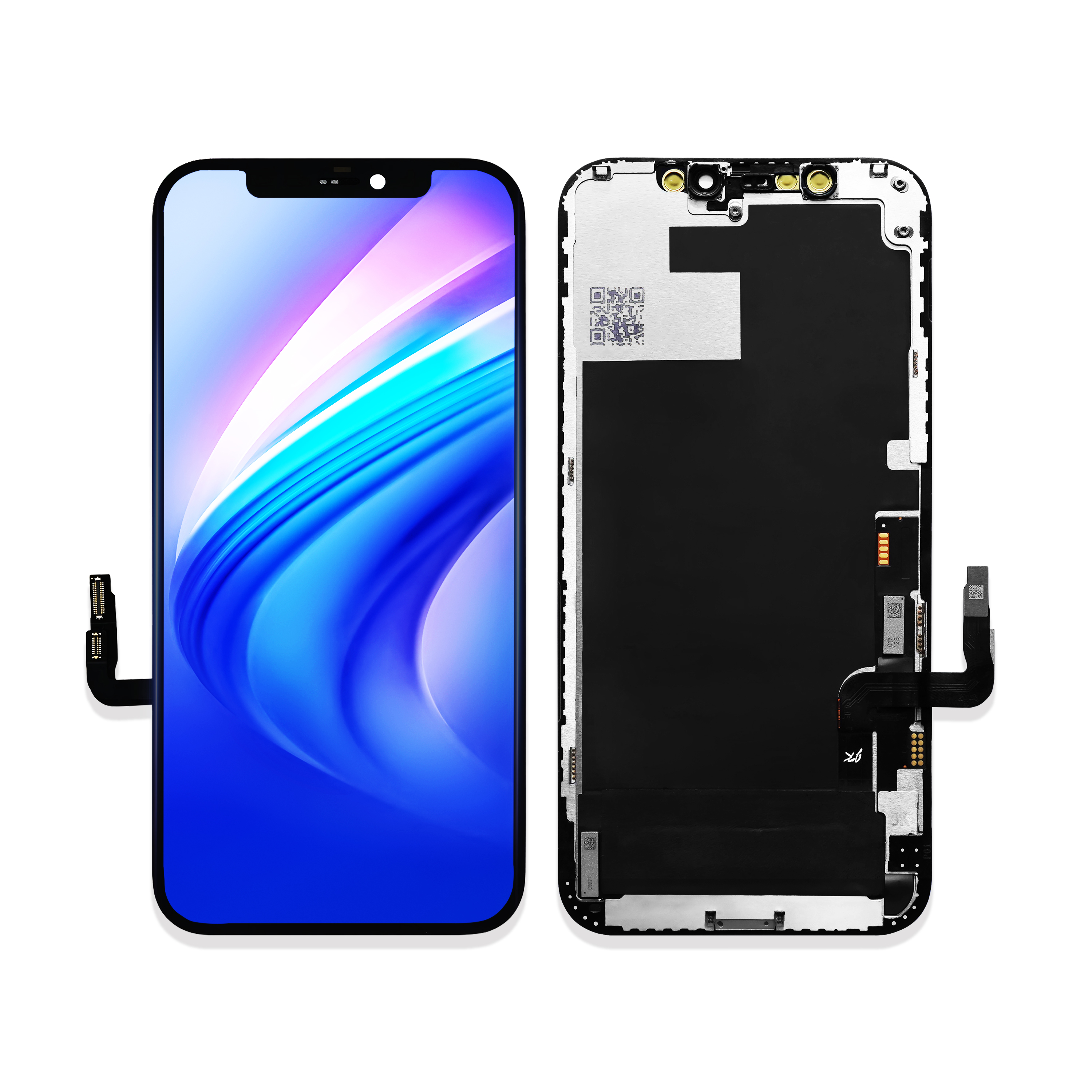
Mobile Phone Industry
-
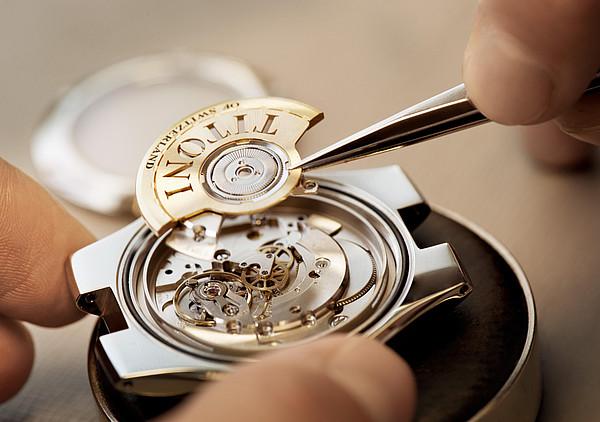
Watch
-
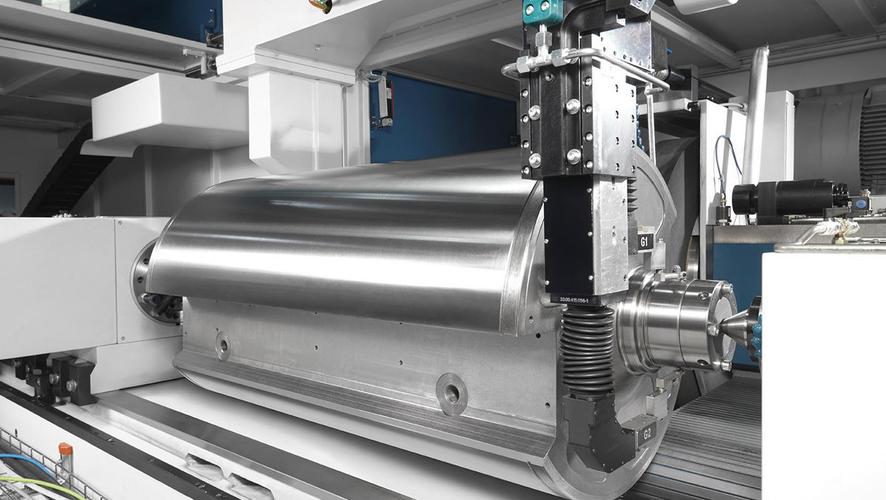
Printing and Paper industry
-
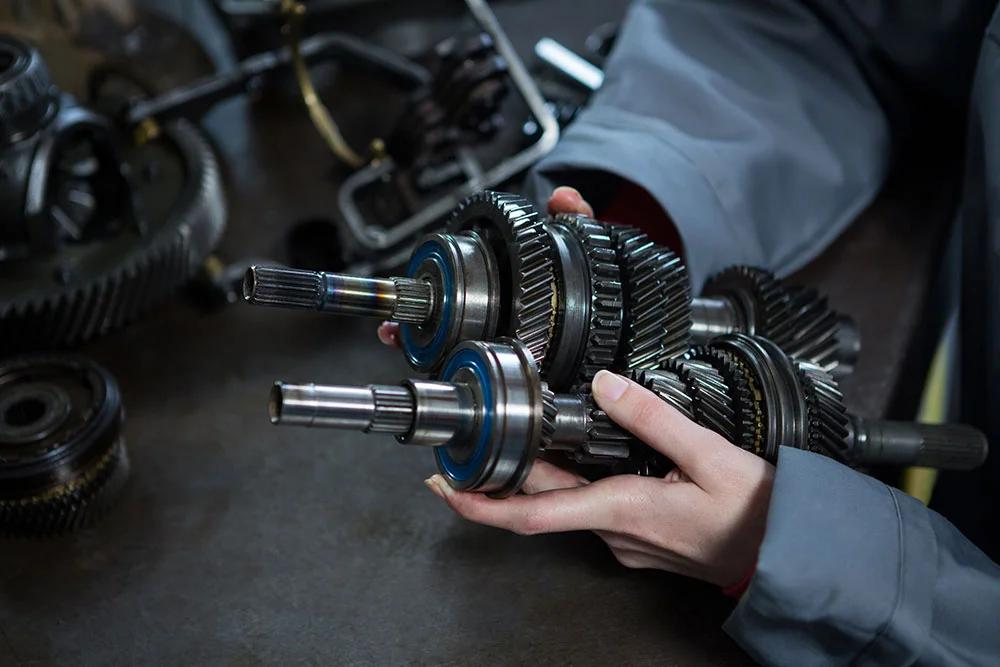
Engine and Machine parts
-

Hydraulic components
-
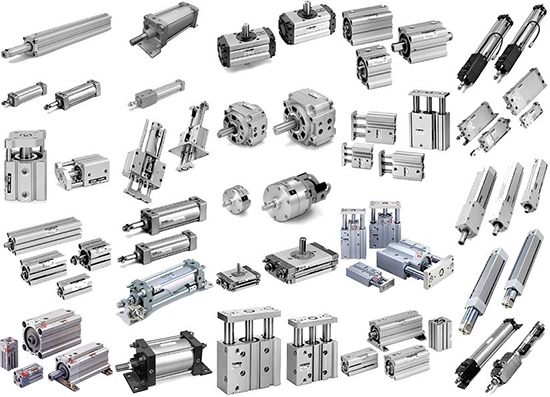
Pneumatic components
-
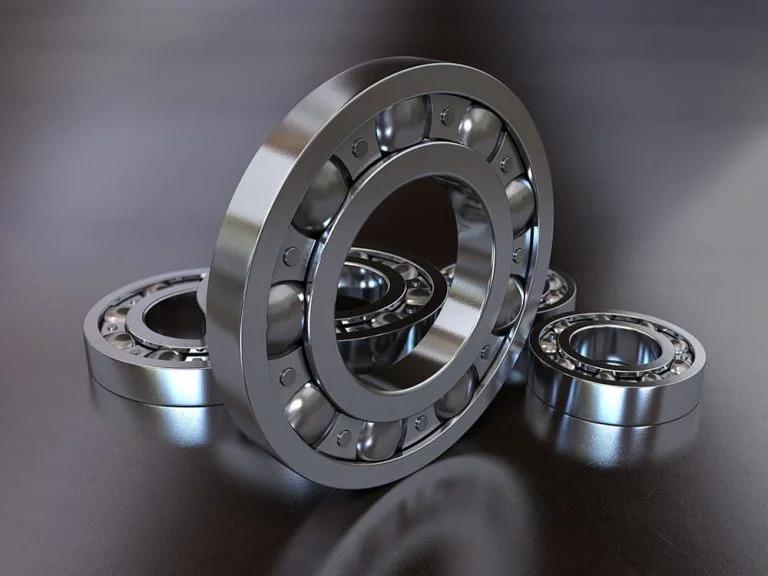
Ball bearings
-
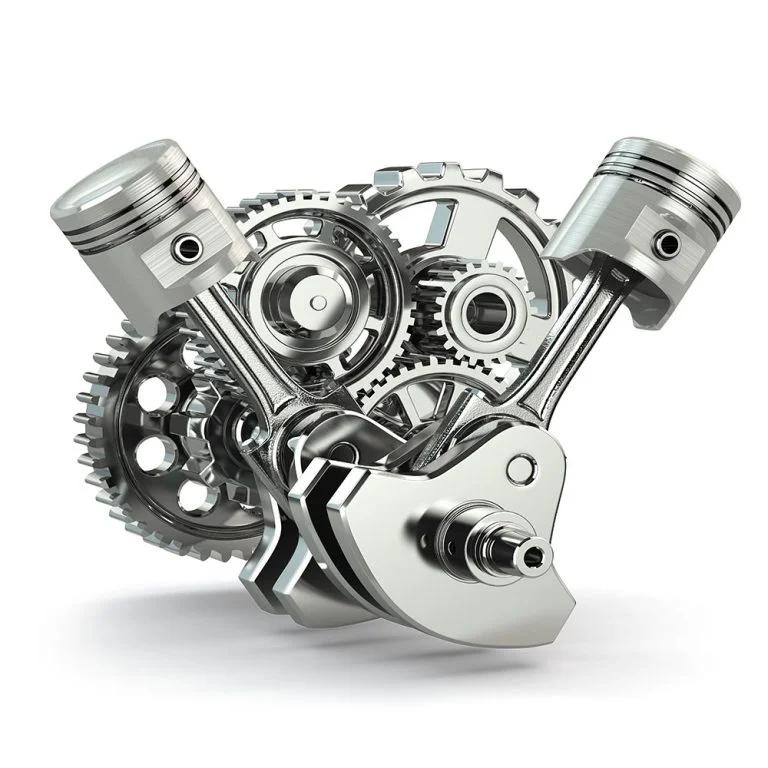
Gear and Train components
-

Moulds
-
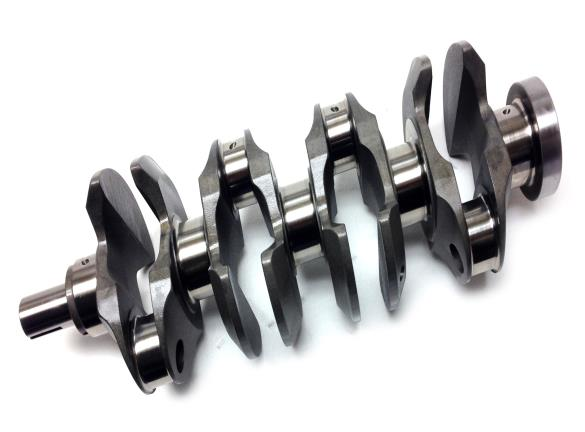
Cranks Cams and Steering devices
-

Dental Polishing
-
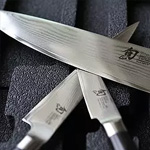
Knife Blade Tools sharpening
-
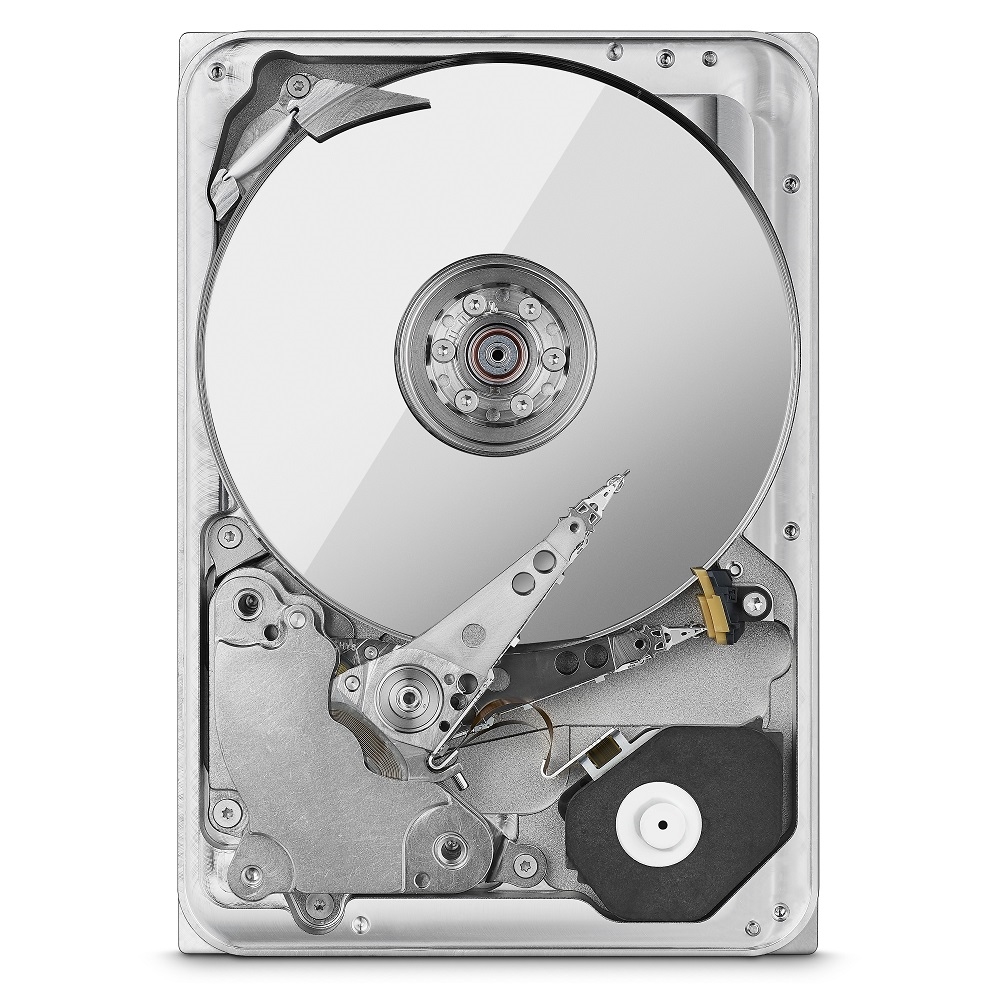
Hard disks and Magnetic head
-
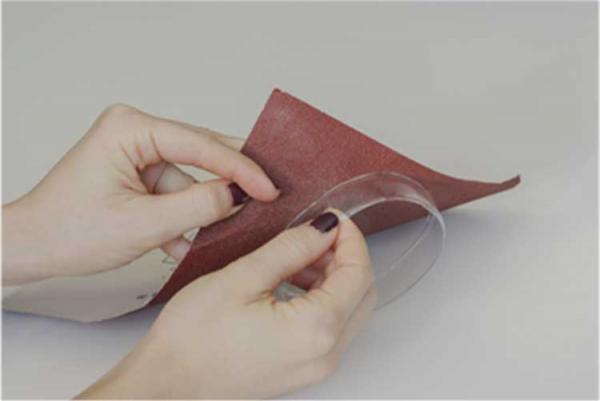
Other parts end face polishing




















































